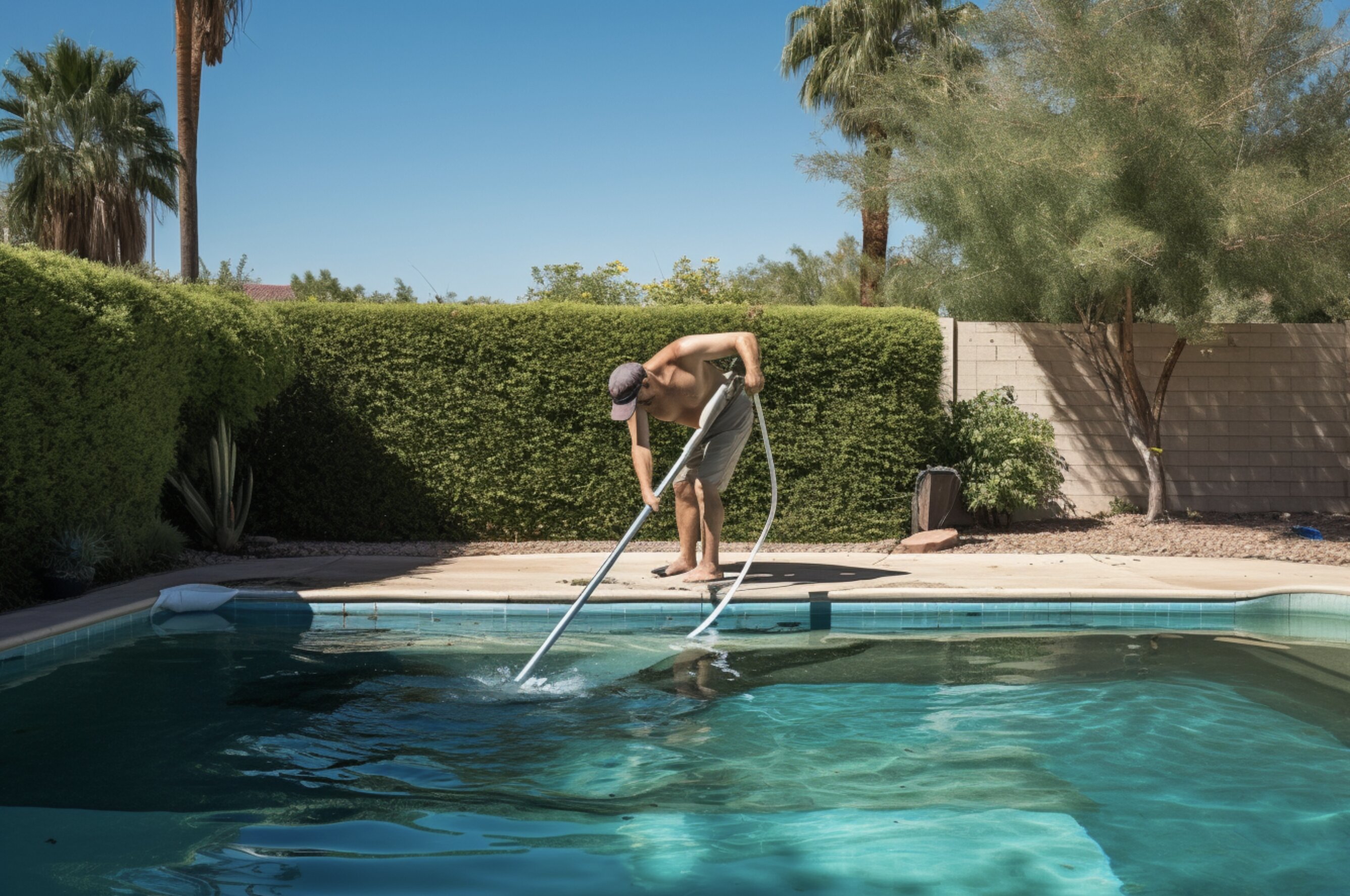DIY Pool Cleaning Guide for Homeowners
Maintaining a clean swimming pool is a rewarding endeavor for any homeowner. With the right approach and a bit of elbow grease, you can ensure your pool remains an inviting oasis throughout the year. This DIY cleaning guide outlines the essential steps and considerations involved in keeping your pool at its sparkling best.
Establish a Cleaning Routine
1. Skimming and Brushing
Start each cleaning session by skimming the pool’s surface to remove leaves, bugs, and other floating debris. Use a telescopic pole with a skimmer net to ensure you can reach across the entire pool. Follow skimming with thorough brushing of the pool walls, floor, and steps to dislodge algae and prevent the buildup of minerals. Pay special attention to areas with little water circulation, like corners and stairs, where algae tend to accumulate.
2. Vacuuming
After brushing, vacuum the pool to remove the debris that has settled to the bottom. You can use a manual vacuum that attaches to your filtration system or an automatic pool cleaner for ease and convenience. Ensure to cover all areas methodically, overlapping each stroke for complete coverage.
3. Filter Maintenance
Your pool filter is a critical component in maintaining water clarity. Clean or backwash your filter regularly according to the manufacturer’s guidelines—usually, when the pressure gauge indicates a 7-10 psi increase over the clean, start-up pressure. A clean filter is more efficient at trapping dirt and maintaining water quality.
4. Checking and Emptying Baskets
Don’t forget to frequently check and empty the skimmer baskets and pump baskets. This prevents blockages and allows for better water flow, ensuring your pool stays cleaner for longer.
Balanced Water Chemistry
Maintaining balanced water chemistry is a cornerstone of DIY pool cleaning. Use a reliable water testing kit weekly to check the pH, chlorine, total alkalinity, calcium hardness, and cyanuric acid levels. Adjust the chemicals as necessary to keep your pool’s water within the ideal ranges for safe and comfortable swimming.
Special Considerations
1. Algae Prevention
Algae can quickly turn your pool from a sparkling blue to a murky green. Regular brushing and keeping your chlorine levels within the ideal range (1-3 ppm) will help prevent algae growth. If you do encounter algae, an algaecide may be needed to resolve the problem.
2. Stain Treatment
Should you notice stains on your pool’s surfaces, they’ll need to be treated promptly. The treatment method depends on the type of stain, with organic stains often requiring shock treatment and metal stains potentially necessitating a specialized metal sequestrant.
3. Seasonal Adjustments
Remember, pool cleaning needs can vary with the seasons. In summer, increase the frequency of cleaning due to higher usage and evaporation rates. In cooler weather, maintenance is still important, as falling leaves and debris can accumulate.
Looking for more DIY pool maintenance tips? Visit our maintenance tips page for more ideas on keeping your pool sparkling clean. With these tips and dedicated care, your home’s pool can remain a clean, refreshing retreat for family and friends alike.


